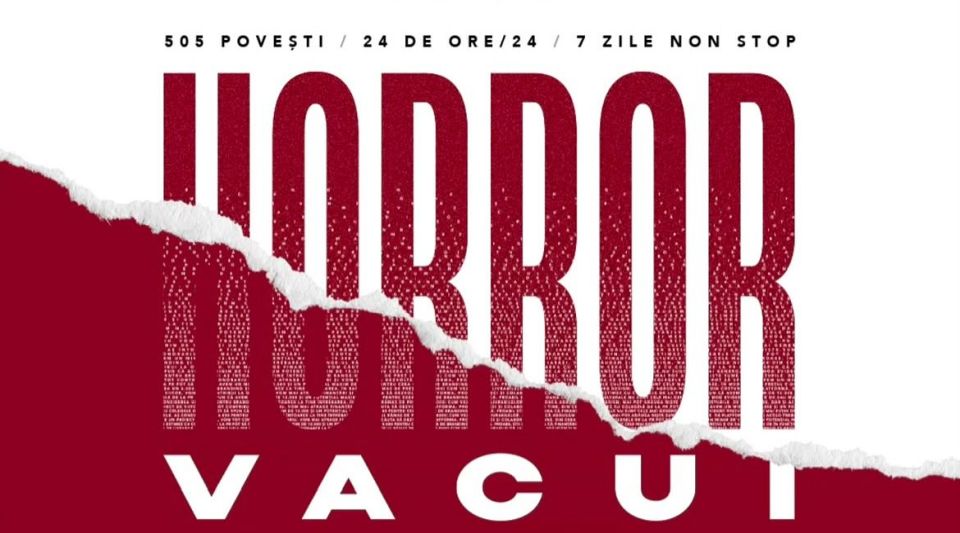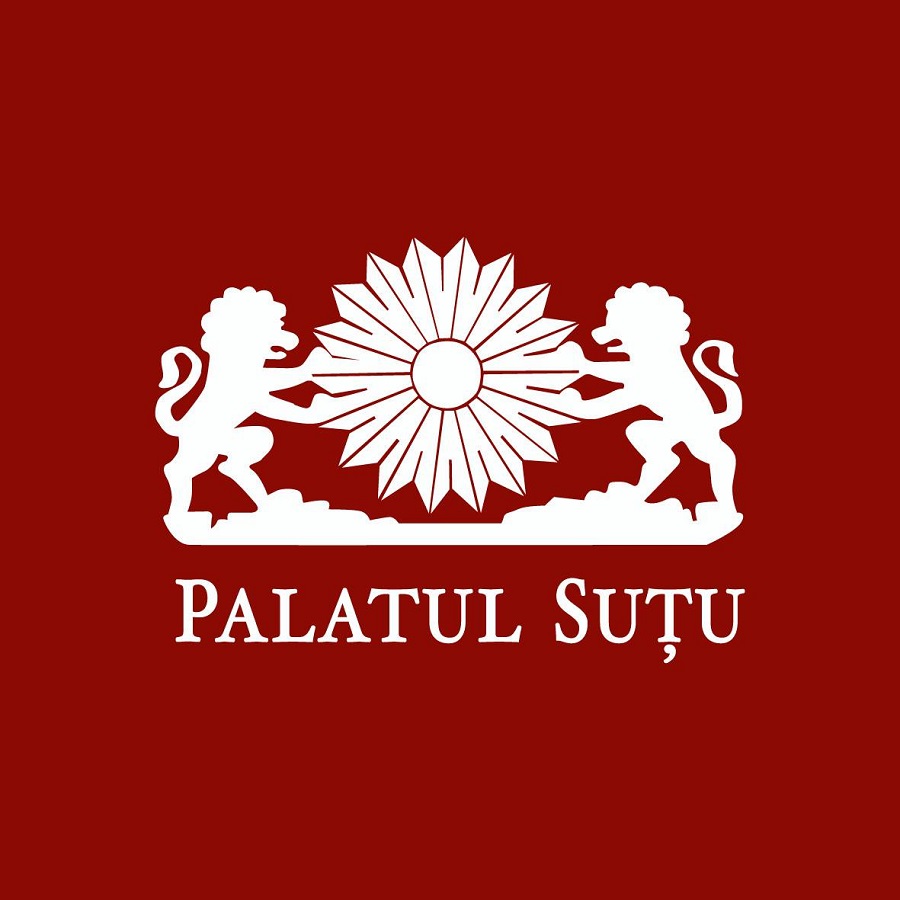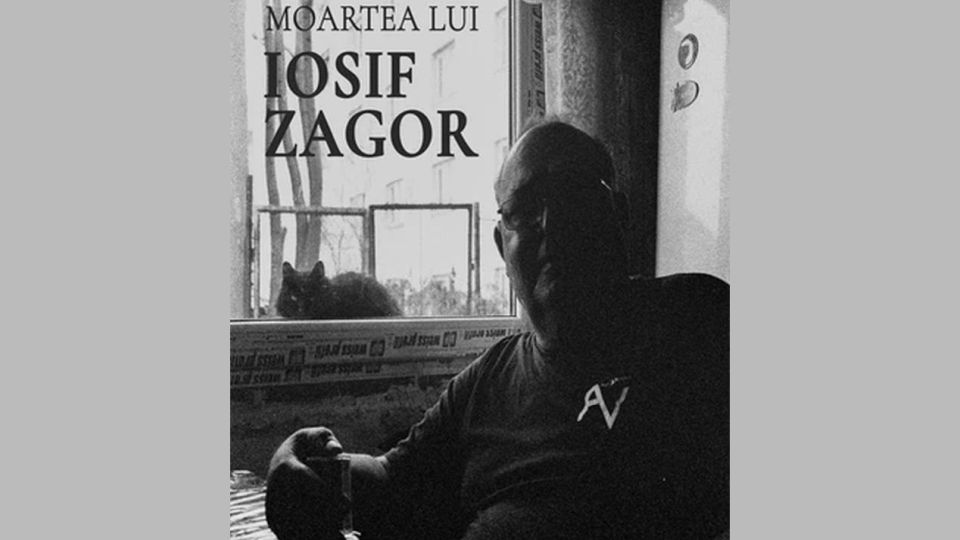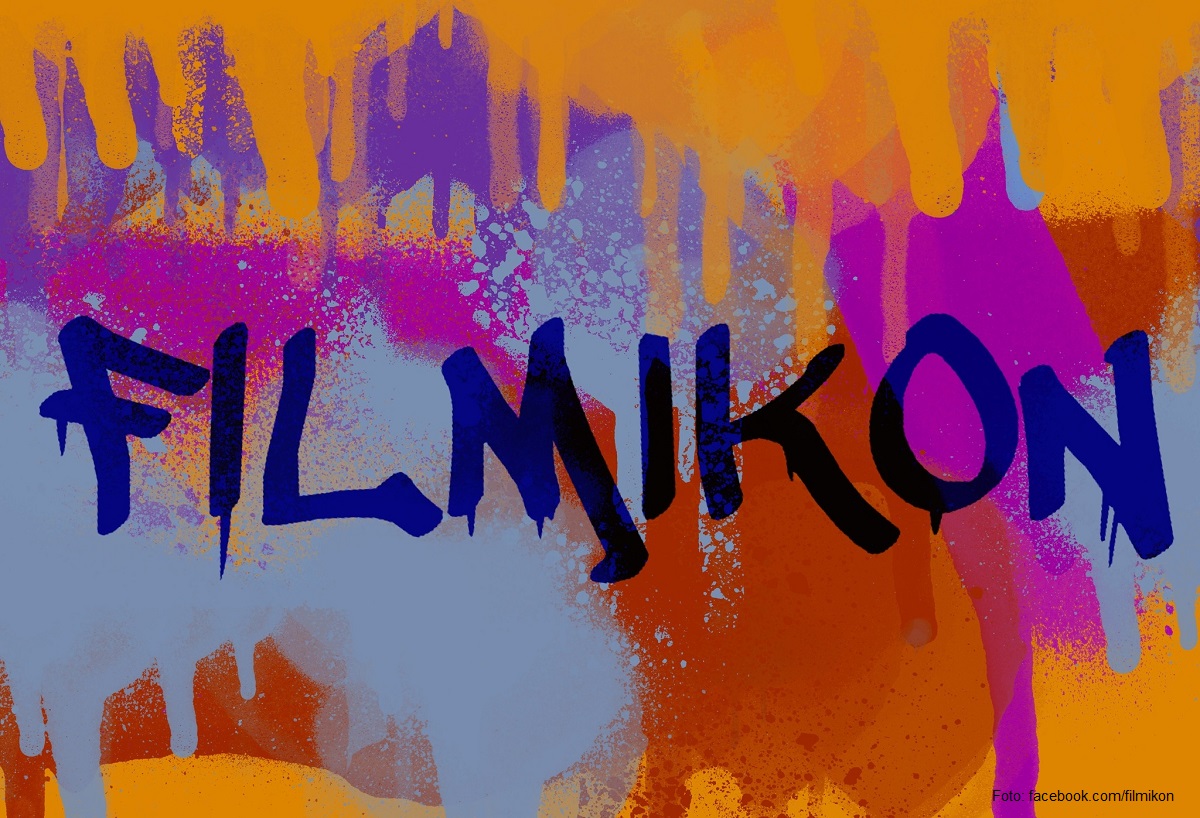Art Encounters
Art, science and their modern guise
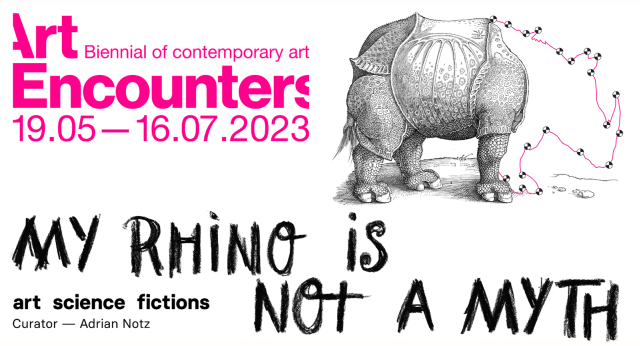
Eugen Cojocariu, 01.07.2023, 14:00
The western Romanian city of Timisoara in May this year saw the 5th edition being opened, of the Art Encounters Biennale. Themed My Rhyno is not a Myth, the Biennale was mounted as part of the cultural programme known as Timisoara 2023: the European Capital of Culture. The current edition is dedicated to the crossroads between art science and fiction, exploring their potential to retrieve reality as a network of complex processes, The Biennale is held in 15 unusual spaces in Timisoara, activating 23 dedicated areas through events, performance, projections and conferences. Attending the Art Encounters Biennale are more than 60 artists of 20 countries.
At the inauguration of the Biennale, Eugen Cojocariu sat down and spoke to the president of the „Art Encounters” Foundation, Ovidiu Sandor, an entrepreneur from Timisoara and one of the best-known collectors of contemporary art.
„Were speaking about the 5th edition of the „Art Encounters” Biennale, a project initiated by the „Art Encounters” Foundation as early as 2015, a project which seeks to support, first and foremost, Romanias contemporary art stage, specifically, through the support mostly offered to some of the young artists so they can create works for the Biennale proper, but mainly through the creation of this framework where Romanian contemporary art, Eastern Europes contemporary art initiate a direct dialogue with international art. A set of events which, apart from the all too familiar exhibitions, includes conferences and performances as well, quite an eventful mediation program and suchlike. Romania, also regarding contemporary art, just like in many other areas of culture, boasts several very talented and creative artists, yet these artists need as many organized contexts as possible, so they can exhibit, where they can be visible, where they can have a dialogue with international artists, where they can initiate a dialogue with curators, collectors, with contemporary art institutions, at home and abroad. And thats what we have been trying to do, create such a platform for contemporary art dialogue.”
Ovidiu Șandor gave us details on the curatorial team, and about the artists selection procedure:
„Just like in the previous editions, we have invited a curator, for this years edition we had Adrian Notz of Switzerland, who in turn suggested that we invite a team of young women curators, who, in fact, were, between inverted commas, his students at the curatorial school we also organized two years ago. Just like in all the other editions of the Biennale, it is a process by means of which we encourage the curator or the curators to explore the region, Romania and the surrounding countries, in visits where we try to get them meet young artists, historian artists, so they can better understand what happens from the standpoint of contemporary art in this region, so much so that their selection should also reflect the effervescence and diversity of the artistic positions in the region. It is a process that, now that is has seen its 5th edition, it somehow comes along naturally and has bene developing better and better. It is a process requiring a lot of time, it requires a lot of effort. It is a large team, that which stands behind a biennale, from, yes, curators to artists, to the people who are into the production side, people who deal with the installations of the exhibitions, the whole team of mediators, people who provide the communication side, people who sort out the entire financial and legal side and suchlike. We believe that, also the development of these people and the experience all of us have acquired in each edition, that is also something important. Romania needs more cultural managers, it needs a cultural manager with as much experience as possible, as culture cannot be produced, it needs to be shown, it needs media coverage, it needs to be promoted. We in turn have also been trying to have our own contribution to that kind of thing. „
But what is the concept of the „Art Encounters” Biennale 2023? What is the message conveyed to the lay public? Speaking about that, here is Ovidiu Sandor once again.
” Art, science, fiction, that seems to me a very updated theme. In effect, art and science come up with two different systems of viewing the world, of viewing the problems of the world, of viewing our potential future. And we think that, perhaps, this divide between art and science a divide that emerged a couple of hundreds of years ago, that, perhaps, is nevertheless artificial and in fact the way artists view the world, the way scientists view the world, these are complementary ways of making sense of the issues that concern us. I think were all aware of the fact that technology plays an increasingly important part in our lives, with the good and the bad points that go with technology. It is something artists highlighted. I think Artificial Intelligence today is on everybodys lips and it also a preoccupation. So I think it is a Biennale which is bound to be interesting, not only for the regular contemporary art public but also for a much wider audience.
Diana Marincu is the artistic director of „Art Encounters. ” Here she is, giving us more details on the participating artists and about how art ties in with science at the „Art Encounters” Biennale 2023:
„It is, in fact, a puzzle, between artists, between various institutions and it is crucial that this constellation of partners joins us with each edition, it becomes larger and there is a growing interest for contemporary art in Timisoara. There also is an extremely varied selection this year. We have artists with works created in various modes of expression, from installation, painting, sculpture, photography, video. It is, indeed, a complex Biennale. Guest curator Adrian Notz thought of some sort of combination between art and technology, also between art and science, in a bid to offer this message to the public as, in fact, these domains always offer models of mutual understanding, or knowledge, of transcribing reality, and that is never something separate. Art has always been connected to other domains in daily life as well. It is a Biennale where we can see many artists experimenting with state-of-the-art technologies and with the most original concepts, yet we also have historian artists who come up with a perspective which, in hindsight, can be revisited…I think it is crucial that we snap out of the confines of our field and try to connect with those whose knowledge is different from the visual knowledge but which is equally interesting. „

